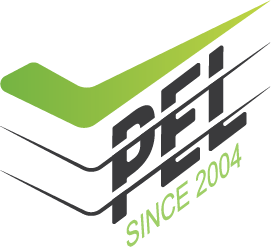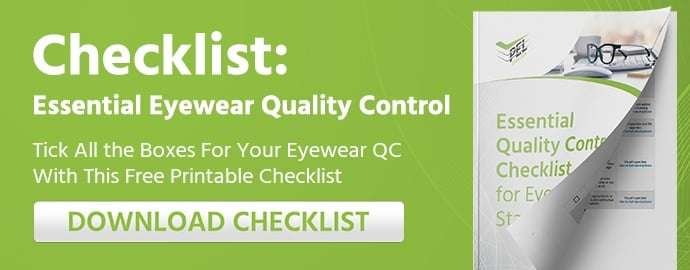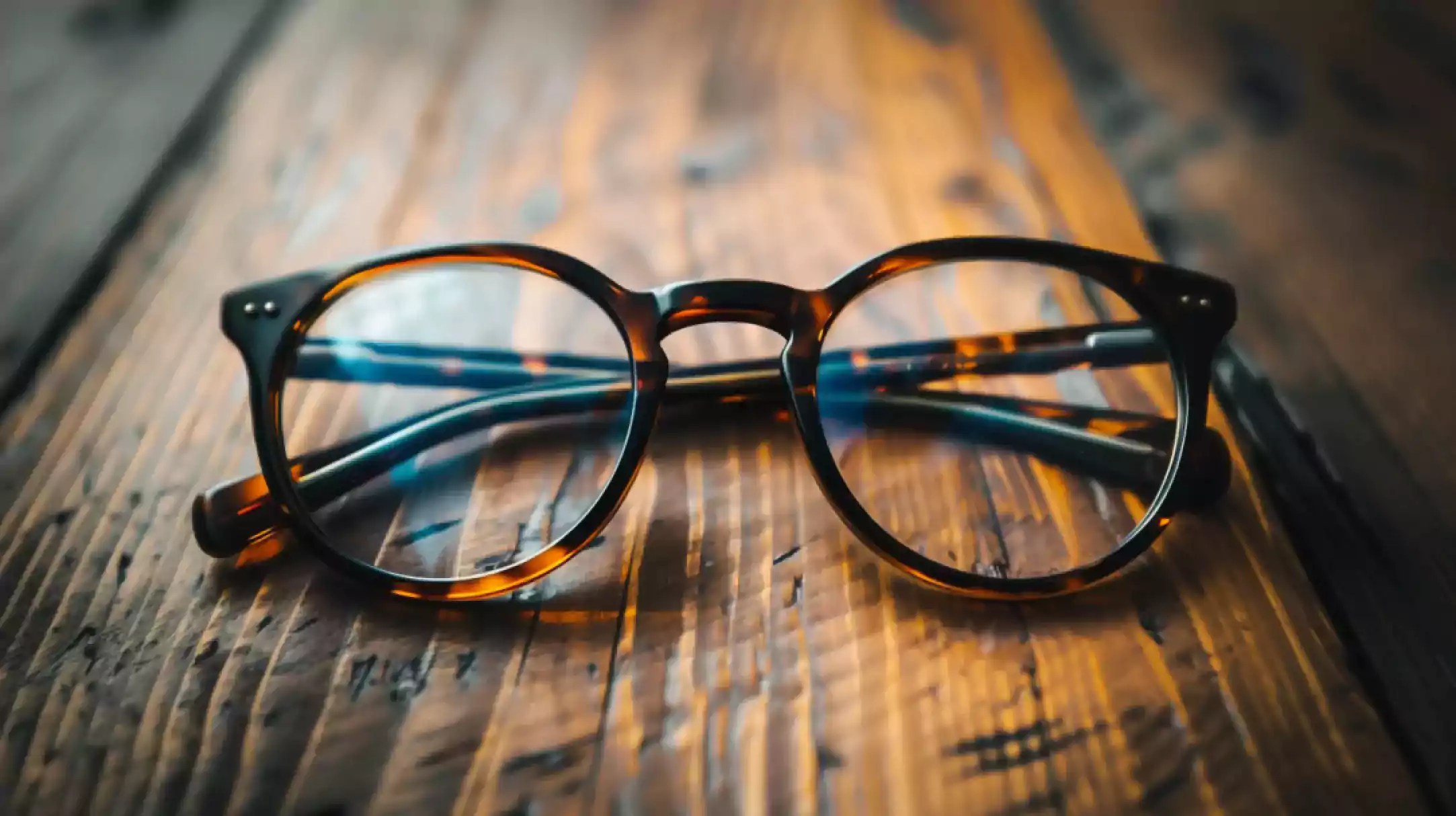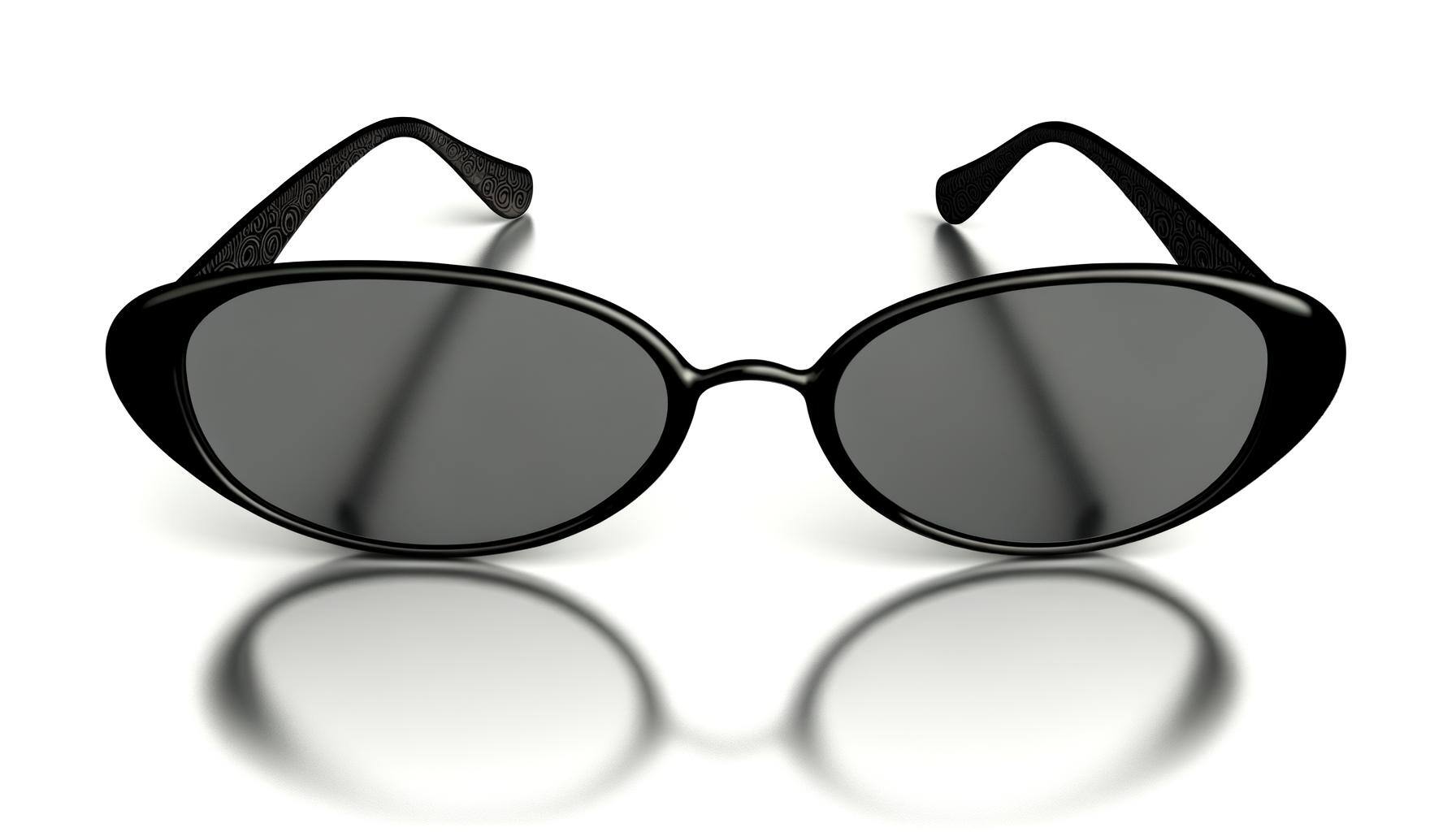The primary standard for eye protection in Europe, EN 166:2001, has been the norm for certification for over 20 years without any changes since its publication in 2001. This standard is still harmonised (EU) until November 2024 and designated (UK) with PPE Regulation legislations, making it still widely used for CE/UKCA marking of eyewear protection.
The landscape of eyewear standards in Europe is evolving. Our industry faces significant changes with EN ISO 16321-1 set to replace the long-standing EN 166:2001 by November 2024. The new EN ISO 16321 standard series is now unified, and it is expected to be designated with the PPE Regulation (EU)2016/425, allowing the process of certification in Europe and the United Kingdom will be used to certify CE/UKCA.
Changes At a Quick Glance
Several new Protective Eyewear standards have been published, which include the following:
- EN ISO 16321-1:2022
- EN ISO 16321-2:2021
- EN ISO 16321-3:2022
These new protective eyewear standards replace the following, which have been withdrawn:
- EN 172:1995
- EN 169:2001
- EN 170:2001
- EN 171:2001
- EN 166:2001
- EN 379:2003+A1:2009
Significant differences exist between the old EN 166 requirements and test methods and those outlined in the new EN ISO 16321 standards. All eyewear manufacturers will need to familiarise themselves with these changes so that their products can be designed and manufactured to meet the new criteria.
Critical Differences Between EN 166:2001 vs EN ISO 162321-1
The EN ISO 16321-1 standard introduces several updates to enhance the safety and effectiveness of eyewear used in occupational and educational settings. Three requirements stand out due to their impact on protective eyewear's design, testing, and ultimate performance.
1. Changes in the Scope of the Standard
The scope of the standard has changed compared to what was covered by EN 166:2001. The EN ISO 16321 series now applies only to Plano and prescription glasses for occupational use or use in educational establishments. The standard now excludes face protectors intended for life working to protect against short-circuit electric arcs, laser protectors, sports eyewear, protectors for use during medical applications, protectors for medically prescribed applications, and protectors intended explicitly for protection against solar radiation only, or protectors designed to protect against ionising radiation. Separate standards cover these specific use devices.
2. Implementation of New Headform Sizes
EN ISO 16321-1 incorporates a new range of head forms based on EN ISO 18526-4:2020 standards, affecting every measurement, test, and clause in eyewear testing. This update introduces six head form sizes designed to represent approximately 95% of the global population, ensuring that protective eyewear is tested more comprehensively to effectively fit a diverse user base. The change to new head forms significantly impacts the standard, affecting every measurement, test and clause. The new standard’s designated head form sizes are:
|
Small |
Medium |
Large |
|
1-S |
1-M |
1-L |
|
2-S |
2-M |
2-L |
Manufacturers must now detail the choice of head form size in the products’ User Instructions, facilitating the design of more effective eyewear.
3. Optical requirements
3.1 Field of View
The field of view measures the required unobstructed vision in front of each eye. The test is one of the mandatory clauses applicable to all eyewear. Any reduced distance vision, restricted field of view, or peripheral blur would indicate potential safety issues with the product. The new field of view measurement employs the Stoll Apertometer method for assessment. This allows measurements from many more reference points to ensure no restriction to the wearer's natural field of vision.
This method of assessing the field of view is commonly used as a reliable assessment technique. The previous test method used for EN 166:2001 involved placing ellipses in front of the eye on the head form; however, the testing was very subjective as Test Engineers were judging pass/fail criteria by eye. The field of view requirement also includes new specific criteria for whether the eye protectors will be used for driving.
3.2 Luminous Transmittance
The new EN ISO 16321-1:2022 stipulates that lenses must allow above 80% transmittance without deliberate filter action. For face shields with a lens thickness of more than 2 mm and multiple-glazed eye protectors, the luminous transmittance shall be not less than 75%. This is a change from EN 166:2001, where the requirement for luminous transmittance was the same for all lenses and greater than 74.4%.
The updated EN ISO 162321-1 standard enhances the requirements to ensure sufficient light reaches the wearer, essential for safety and functionality in varied lighting conditions. It also supports using a broader range of materials and lens constructions than the older standard.
3.3 Scattered Light
The requirement for all eye protectors is that they should be free of diffusely transmitted light as far as reasonably practicable. Many different lens materials used in safety eyewear may contain inhomogeneities; therefore, the test requirement for scattered light sets a minimum standard to ensure the quality of vision. Previously, EN 166:2001 covered this feature by measuring the diffusion of light (narrow-angle scatter), a measure of light diffusion.
The new standard specifies a different measurement method: wide-angle scatter (haze). This requirement applies to all eye protectors except welding filters, which are still tested using the small-angle scatter method, as the haze method is unsuitable for dark filters. There is little correlation between the two methods.
4. Physical Requirements
4.1 Headbands and Harnesses
The old standard requirement for a 10 mm wide headband has been replaced in the new standard by a “sit and fit test,” essentially a practical performance test. The fit test demonstrates that the protector fits comfortably and securely when using a headband or harness through several physical movements. These movements include turning left and right, tilting the head back and forward, and jumping on the spot.
4.2 Basic Impact Test
The primary impact test under the new EN ISO 162321-1 standard advances the criteria for eye protector durability compared to the older EN 166:2001 standard. While EN 166:2001 uses a less stringent test with a 22 mm diameter steel ball weighing 43 grams and a velocity of 5.1 m/s, EN ISO 162321-1 uses a 25.4 mm diameter steel ball weighing 66.8 grams.
4.3 High-speed Impact
High-speed impact is an optional requirement. In EN 166:2001, high-speed impact includes Low (F), Medium (B), and High (A) energy impacts. The new standards have changed the velocity speeds and introduced three new impact levels: C, D, and E. The new standard also requires minimum coverage areas called protection zones: OPZ, EOZ, and FPZ; the higher the impact speed, the larger the coverage area needed.
4.4 High Mass Impact
The high mass impact is an optional requirement. It was taken from the American standard ANSI Z87.1, but as far as European standards are concerned, this is a new requirement. The high mass impact test has two impact points, frontal left and frontal right, and a pointed steel projectile weighing 500g.
4.5 Resistance to Thermal Exposure
This requirement requires all eye protectors to withstand deformation of any part when exposed to high temperatures in the environment where they are used. The main change is the duration of thermal exposure, which, at 120 minutes, is double that of the old standard.
4.6 Penetration of Vents and Gaps
The penetration test is a new requirement for eye protectors with ventilation or gaps between their components. The opening is tested with a rigid rod to ensure it is no larger than 1.5mm in diameter.
5. Optional Requirements
For optional items, some of which were not included in the old standard EN166:2001, details are as follows:
|
1. Resistance against fogging |
1. High mass impact (NEW) |
|
|
2. Resistance to surface damage by fine particles |
2. Protection against radiant heat (NEW) |
|
|
3. protection against gases and fine dust particles |
3. Protection against streams of liquids (NEW) |
|
|
4. Protection against large dust particles |
4. Lens assessment for anti-reflective coatings (NEW) |
|
|
5. Protection against molten metals and hot solids |
5. Use in explosive atmospheres (NEW) |
|
|
6. Chemical resistance (NEW) |
||
6. Product Markings
|
Code letters |
Requirement |
|
|
EN ISO 16321-1 |
EN 166 |
|
|
16321 |
EN166 |
Basic |
|
1 |
1/2/3 -Optical class |
Enhanced optical performance (marking optional) |
|
3 |
3 |
Droplets |
|
4 |
4 |
Large dust particles |
|
5 |
5 |
Gas and fine dust particles |
|
6 |
- |
Streams of liquids |
|
7 |
- |
Radiant heat |
|
9 |
9 |
Molten metals and hot solids |
|
CH |
- |
Chemical resistance |
|
K |
K |
Surface damage by fine particles |
|
N |
N |
Resistance to fogging |
|
- |
S |
EN 166 Increased robustness |
|
C |
F |
Impact level C (45m/s) |
|
D |
- |
Impact level D (80m/s) |
|
E |
B |
Impact level E (120m/s) |
|
- |
A |
EN 166 impact level A (190m/s) |
|
HM |
- |
High Mass Impact |
|
CT |
FT |
Impact level C (45m/s) at extremes of temperature |
|
DT |
- |
Impact level D (80m/s) at extremes of temperature |
|
ET |
BT |
Impact level E (120m/s) at extremes of temperature |
|
HMT |
- |
High Mass Impact at extremes of temperature |
How Can Manufacturers Manage the Transition from EN 166:2001 to EN ISO 16321-1
As manufacturers transition to the EN ISO 16321 standard, a structured approach can help streamline the process and ensure compliance with the new eyewear protection requirements. Here are three key steps manufacturers can take:
1. Conduct a Gap Analysis
After thoroughly reviewing the EN ISO 16321-1 standard, manufacturers should evaluate current products and processes in light of the new standards to identify gaps. This analysis should assess everything from raw materials and design to finished product testing. Understanding where changes are needed is crucial for planning the next steps in the transition.
2. Update Production and Testing Processes
Based on the gap analysis, production processes must be updated to meet the new standards. This might involve investing in new manufacturing technologies, changing materials, or modifying product designs. It is also essential to align internal testing processes with the latest standard's requirements.
3. Engage with Accredited Testing Laboratories
Partner with accredited laboratories early in the transition process to ensure products meet the new standards. These labs can provide valuable feedback on product performance and help identify necessary adjustments before full-scale production.
PEL Eyewear: Guiding You to EN ISO 16321-1
At PEL, our expertise in eyewear testing allows us to guide eyewear manufacturers in complying with new and existing standards. With the introduction of EN ISO 16321-1 in November 2024, PEL can offer you a complete set of solutions for testing safety glasses to help your products meet global standards and regulations.


.jpg)



.jpg)



